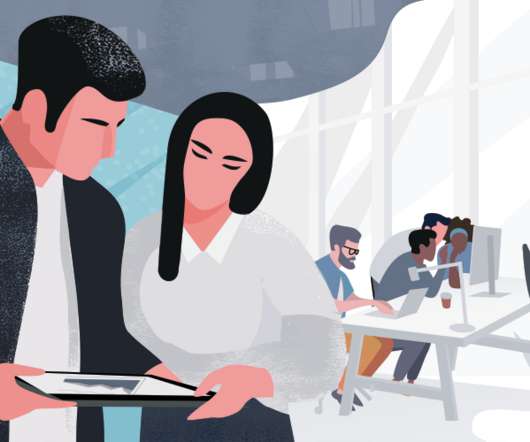Active and Passive Learning in Organizations
The Performance Improvement Blog
APRIL 13, 2012
Here are ten of these “active” ways of learning in organizations that I would add to Hart’s list: Action learning (structured reflection on one’s own actions and experience). Logs, diaries, and journals (recording reflections and learning as it occurs). Large-scale events (whole organization system change).


























Let's personalize your content